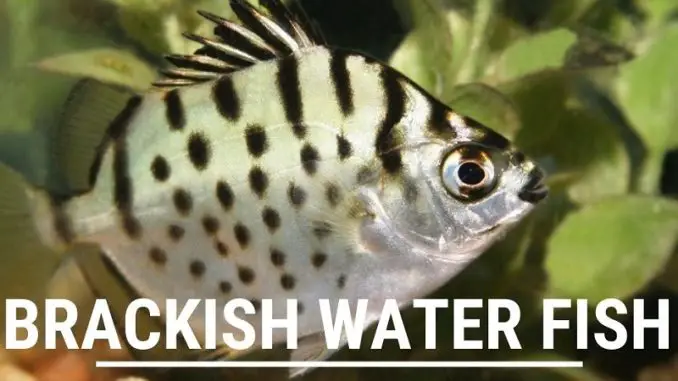
Brackish water habitats boast a vast array of fish that cannot be found in freshwater or saltwater. Unfortunately, these fish are seen less often in aquariums because brackish water setups are rare.
This is a shame because many brackish water species are beautiful and fascinating, but don’t get the attention they deserve.
Starting a brackish aquarium could be a great way to switch from more common setups, but they can be suitable for beginners too.
We’ll explain to you what brackish water actually is before discussing some of the fish you could keep if you were to start a new tank.
What is Brackish Water?
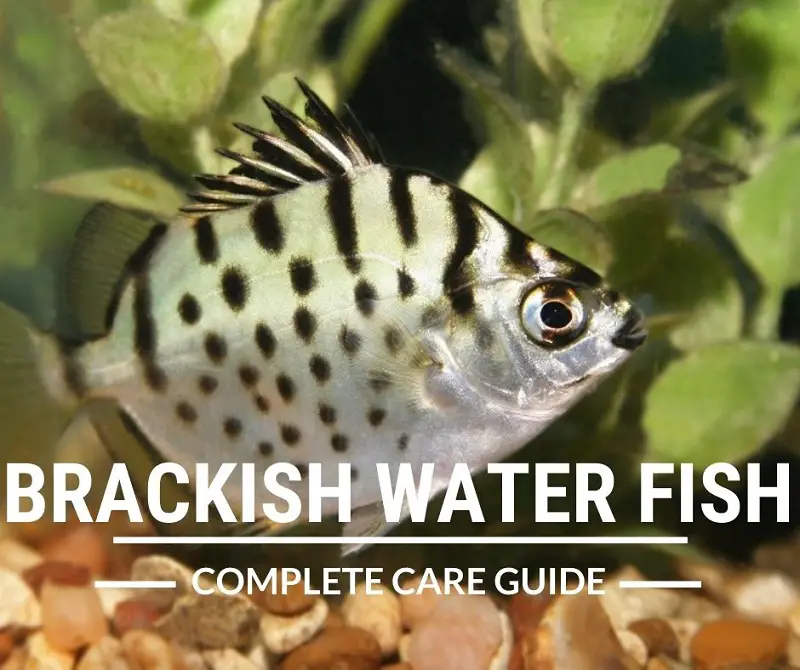
When talking about brackish water, we are classifying water in relation to its salinity level (salt content).
Freshwater has almost no dissolved salt whereas saltwater contains quite a lot. Brackish waterfalls in between.
Specifically, brackish water has a salinity level of 0.05-3%, anything lower than 0.05% is freshwater, and anything higher than 3% is saltwater.
The only exception is brine, which is extremely salty water with salinity over 5%. Brackish water is mostly found where freshwater meets seawater. The most common examples are estuaries.
Estuaries are formed where a river flows into the sea. As the two types of water mix, a salinity gradient is created, starting low at the river mouth and increasing towards the sea.
Other common brackish habitats are mangroves. These are created when salt-tolerant trees (halophytes) grow in tropical intertidal zones. Complex root systems help them to deal with high salt levels and wave action.
Brackish water habitats have their own unique communities of organisms as fish evolved to cope with varying salinity levels.
Some fish live in a brackish habitat all their lives, others use them as nursery grounds. The young fish would grow in the brackish water before heading out to sea as an adult.
Euryhaline species can tolerate a large range of salinities.
How Can I Make my Aquarium Water Brackish?
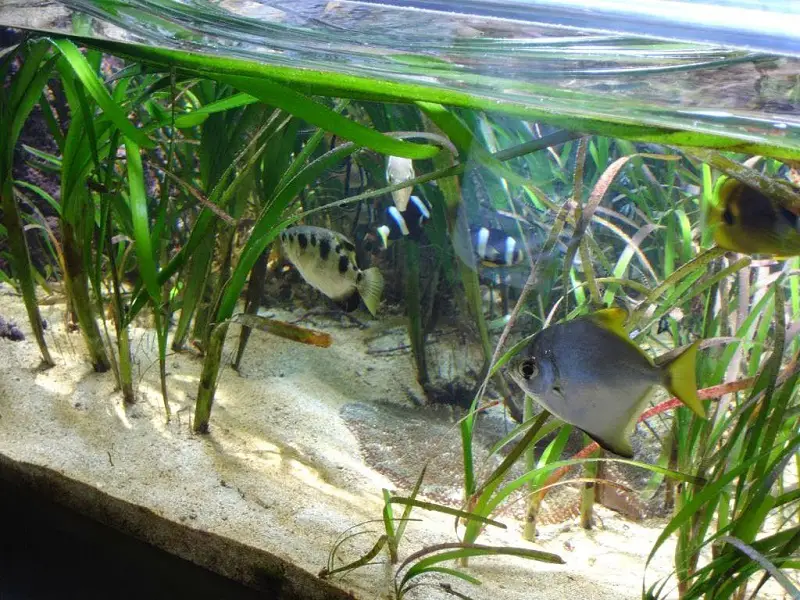
Making brackish water is relatively simple. It is similar to how you would make saltwater, it’s all about controlling the salinity.
You must buy some marine salt. This can be found in most pet stores. This is different to table salt, which is not appropriate.
Pour freshwater into a bucket and slowly add the correct amount of salt to produce the salinity you need. This is usually around 10 grams of marine salt per liter of water, but you should work out the specific amount for your fish’s needs.
Stir the water and leave it to sit for 20 minutes. Use a hydrometer to measure the water’s salinity and check it is at the level you want.
You can then add it to your aquarium. If you already have fish in the tank, slowly add the water while continuously using the hydrometer.
Brackish Water Fish
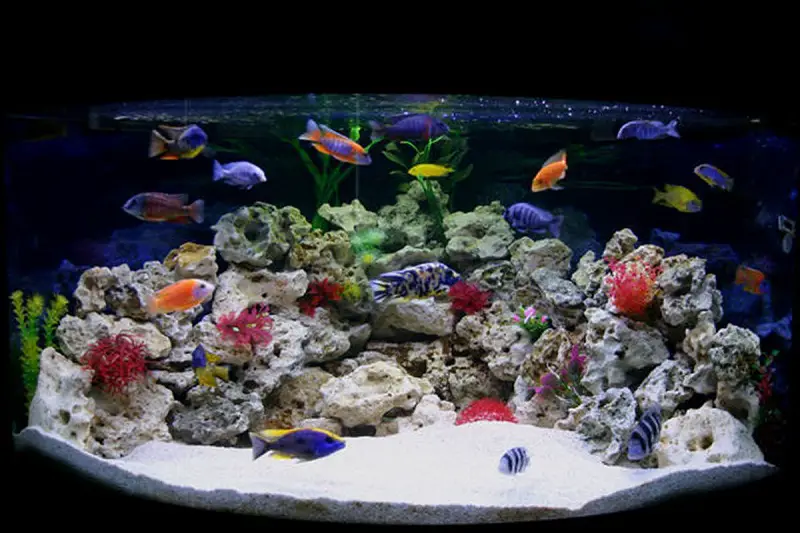
There are many species of fish that can be kept by aquarists at home.
They need their own specific environment, so can usually only be kept with each other. Though just because two species are both from brackish waters, it doesn’t necessarily make them compatible together.
Much brackish water fish are quite distinctive which makes them very desirable. They aren’t seen as often because brackish setups are not as common as tropical or marine tanks.
Below we describe just a few of the many species available for you to choose from.
Molly Fish
This is probably the most famous species that we’ll mention by name.
Molly Fish are very versatile, they are commonly kept in freshwater and brackish setups, some people even keep them in marine tanks.
It is best to keep them in the same conditions that they were born in, a change in salinity could lower their chances of survival.
They are some of the brightest brackish water fish available. You can find the stock in an array of different colors and patterns; you can pick your favorite.
This small livebearing species is very easy to care for, so a large group is a common sight in beginner aquariums.
Archerfish
Archerfish are another commonly kept brackish water fish.
They are well known for their ability to shoot jets of water from their mouths. In the wild, this would be used to hit insects, to make them fall into the water for eating. This makeup most of their diet.
Feeding them can be difficult because they look for food out of the water. You may need to supply live insects until they have learned to accept prepared foods.
These eating habits make them best suited for more experienced aquarists.
A large tank is needed for them to display their natural behaviors. They are most happy in shoals of six or more, so this drives the size of their tank even larger considering they can reach 12 inches.
Banded Green Chromide
This species is an Asian cichlid, of which there aren’t many.
They shoal in brackish waters for most of their lives but occasionally migrate into marine environments for short periods.
Banded Green Chromide is another large species that need a very large tank, especially when in large shoals.
They are peaceful though, so they can be kept with similarly sized fish, such as Archerfish.
They happily accept dried foods that are supplemented with frozen foods like mosquito larvae, krill, and prawns.
Violet Dragon Goby
These bottom-dwelling fish stay around the mouths of rivers where they can feed on algae and small invertebrates, which they catch by sifting through the substrate.
They need lots of space because they could reach around 20 inches. Plenty of caves and hiding spaces are a must too.
They can look quite scary, but they’re mostly peaceful towards other fish. They fight amongst their own species though, due to their territorial nature, so only one can be kept in a tank.
Green Spot Puffer
There are many species of pufferfish available in captivity, Green Spot Puffers display some of the most personality.
They are very aggressive and should be kept separately from other fish, even their own kind. Some aquarists manage to keep a mating pair together, but this requires a tank of 80 gallons or more.
Their name gives away what they look like; they are quite beautiful, even without particularly vibrant colors.
It is important to feed them well, Green Spot Puffers need high quality frozen crustaceans, like mollusks.
As these fish grow, you will need to gradually increase the salinity of their environment.
If you want a pufferfish that isn’t as aggressive, you could try Figure 8 Puffers.
Mudskipper
Mudskippers stand out from others because of their ability to leave the water. They can breathe via cutaneous respiration, leaving them free to use their pelvic fins to walk on land.
You must bear this in mind when designing their aquarium, providing areas of water as well as accessible areas of land for them to climb onto.
It is important that they have live plants around them too, which will need to be salt-tolerant. Brackish water paludarium could be a good idea.
They enjoy a variety of meaty foods like bloodworms, Mysis shrimp, and clams. They tend to beg for food so overfeeding can be a problem.
Mudskippers are very entertaining to watch. They display many behaviors, such as burrowing and, of course, their walking.
Can Saltwater Fish Live in Brackish Water?
Just like each species of fish has a preferred temperature range, they also have a preferred salinity level. If their preference is for saltwater, they can’t be kept in brackish water.
Long term exposure to the wrong salinity can drastically shorten a fish’s lifespan if it doesn’t kill them within a few days.
Some species of fish mate in brackish waters, leaving the young to grow up there. They would then move to saltwater as they mature into adults.
Summary
Anyone can look after brackish water fish. Once the tank has been set up, caring for them is similar to caring for any other fish.
Some species are a bit more difficult than others, but there are some for people of all experience levels.
Most of these fish can only be kept in brackish habitats. Since these setups are rare, your tank would be unique.
The brackish world is one that should be explored more in captivity. It could be an exciting new venture as you care for some of the world’s most captivating fish.
Have you kept brackish water fish before? Let us know your experiences in the comments below…

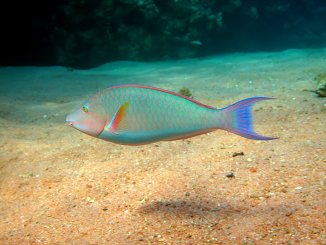
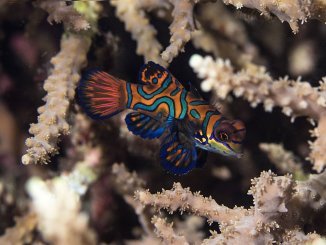
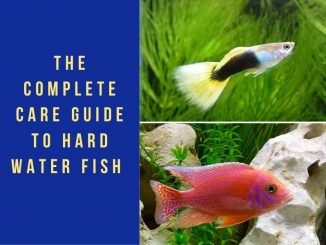
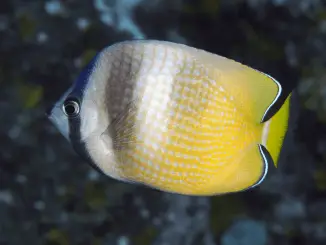
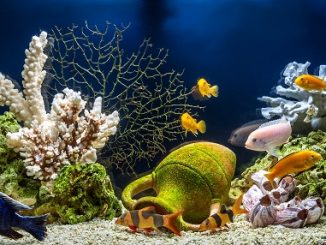
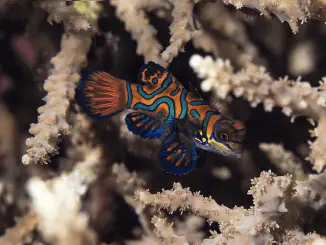
Be the first to comment